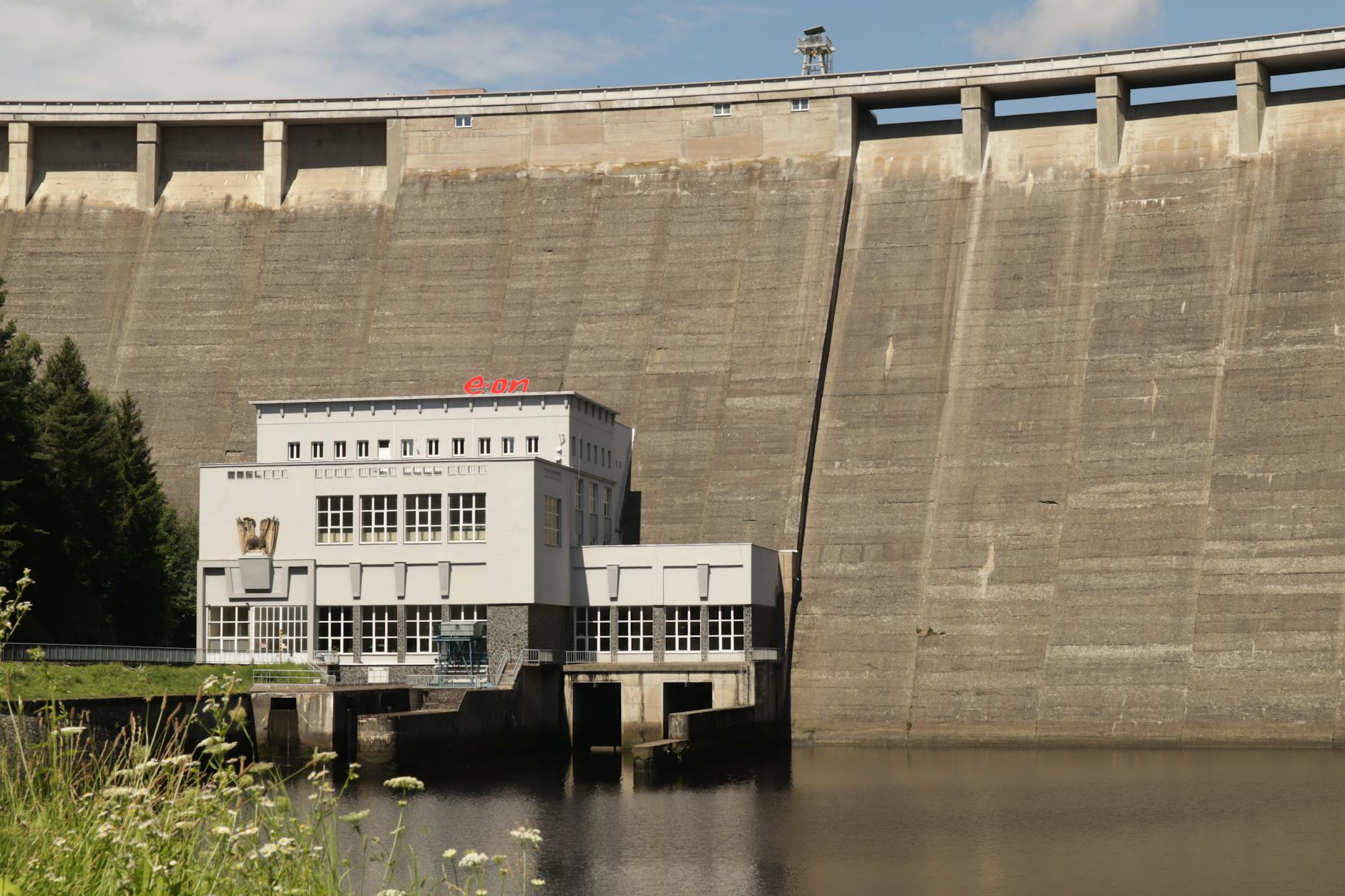- The Rise of Precision Harvesting
- Benefits of Precision Harvesting
- How Robotics Are Transforming Agriculture
- Overcoming Challenges in Precision Harvesting
- The Future of Precision Harvesting
In today’s ever-evolving technological landscape, the agricultural industry has seen a significant transformation with the advent of precision harvesting techniques. Precision harvesting, driven by cutting-edge robotics and automation, has revolutionized the way crops are harvested, leading to increased efficiency, reduced labor costs, and improved yields. This article delves into the world of precision harvesting and explores how effortless robotics are shaping the future of agriculture.
The Rise of Precision Harvesting
Precision harvesting is a technique that involves the use of advanced technologies such as robotics, sensors, and data analytics to optimize the harvesting process. By incorporating robotics into the agricultural sector, farmers can achieve high levels of precision, accuracy, and consistency in crop harvesting. These technologies enable farmers to automate various tasks involved in the harvesting process, from identifying ripe crops to gently picking and sorting them.
Benefits of Precision Harvesting
One of the key benefits of precision harvesting is its ability to improve efficiency and productivity in agriculture. Automated systems can work around the clock, reducing the time needed for harvesting operations and enabling farmers to complete tasks in a timely manner. This increased efficiency translates into cost savings for farmers, as they can minimize labor expenses and maximize yields.
Precision harvesting also enhances the quality of harvested crops. By utilizing robotics and sensors, farmers can identify and pick only the ripest fruits and vegetables, ensuring that the produce is of high quality and free from damage. This meticulous approach to harvesting results in improved crop yields and increased profitability for farmers.
How Robotics Are Transforming Agriculture
Robotic technologies play a crucial role in modern agriculture by streamlining labor-intensive tasks and enhancing overall operational efficiency. Harvesting robots equipped with computer vision systems can quickly identify ripe crops and determine the optimal harvesting time. These robots can navigate through fields with precision, avoiding obstacles and minimizing crop damage.
Furthermore, robotics in agriculture can contribute to sustainability efforts by promoting resource conservation and reducing environmental impact. Precision harvesting techniques enable farmers to use resources more efficiently, leading to reduced water usage, lower pesticide application, and decreased waste. By adopting robotic technologies, farmers can achieve more sustainable farming practices while improving their bottom line.
Overcoming Challenges in Precision Harvesting
While precision harvesting offers numerous advantages, there are also challenges that need to be addressed. One of the key challenges is the initial cost of implementing robotic systems, which can be a barrier for smaller farmers. Additionally, integrating robotics into existing agricultural practices requires specialized knowledge and training, posing a learning curve for farmers transitioning to automated harvesting techniques.
Another challenge is the need for continued innovation and development in robotics technology to meet the evolving demands of the agricultural sector. As the industry becomes more reliant on robotics, there is a need for ongoing research and advancements to enhance the capabilities of harvesting robots and ensure their compatibility with different crop types and farming conditions.
The Future of Precision Harvesting
The future of precision harvesting looks promising as advancements in robotics technology continue to drive innovation in agriculture. With the growing demand for sustainable farming practices and the need to increase food production to feed a growing global population, precision harvesting offers a viable solution to meet these challenges.
As robotics in agriculture becomes more widespread, we can expect to see further improvements in efficiency, productivity, and sustainability. By harnessing the power of automation and data analytics, farmers can optimize their harvesting operations and achieve higher yields with minimal environmental impact.
In conclusion, precision harvesting powered by robotics is revolutionizing the agricultural industry by enhancing efficiency, improving crop quality, and promoting sustainability. As farmers increasingly embrace these technologies, the future of agriculture is set to be shaped by effortless robotics that pave the way for a more prosperous and sustainable farming sector.


